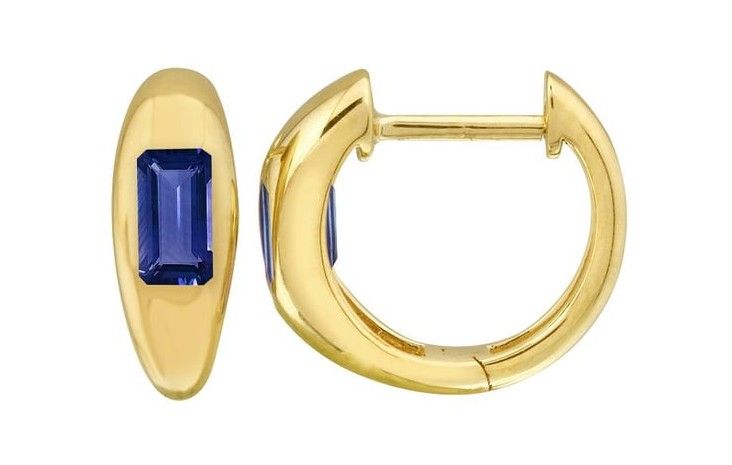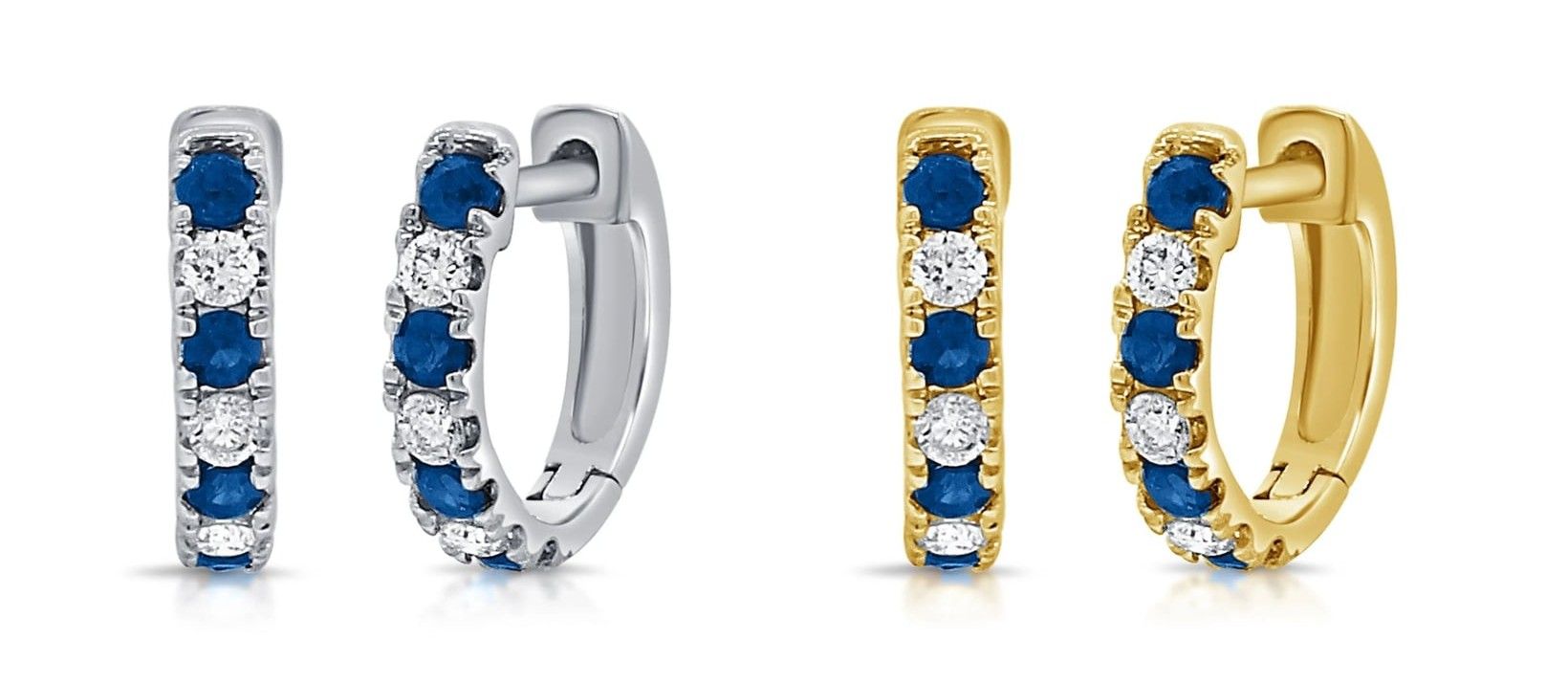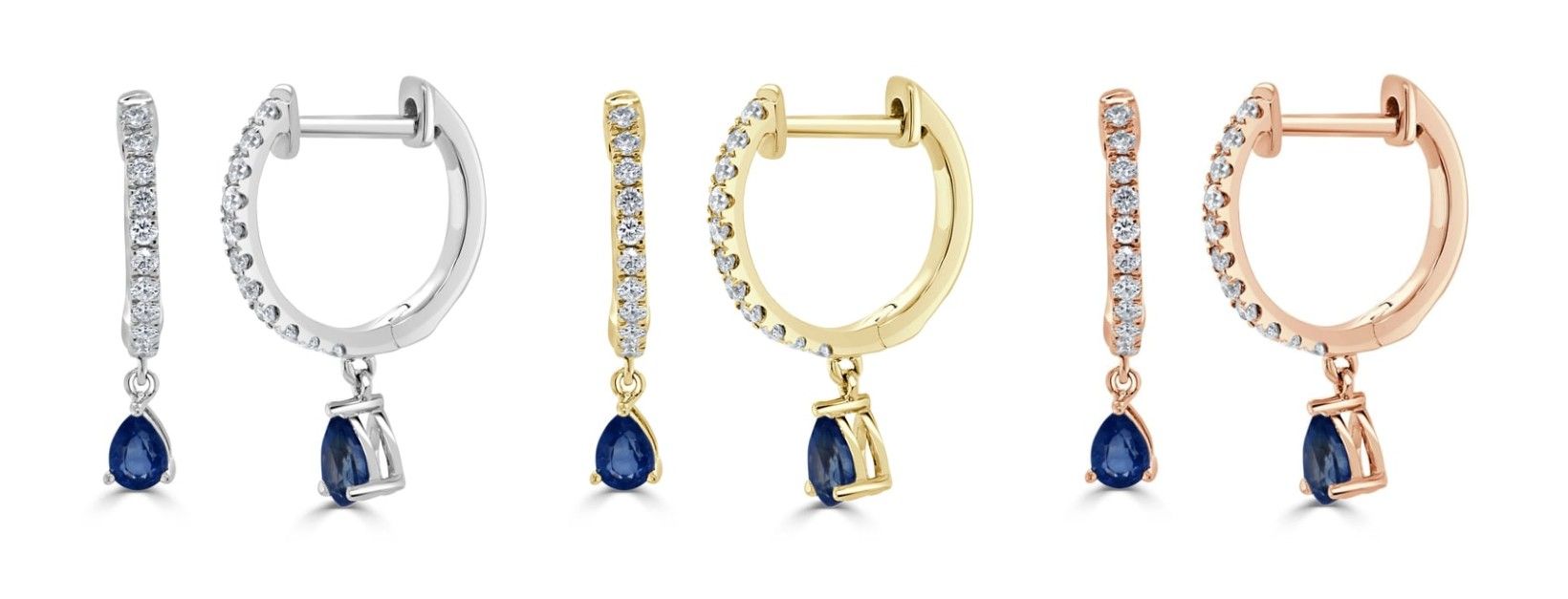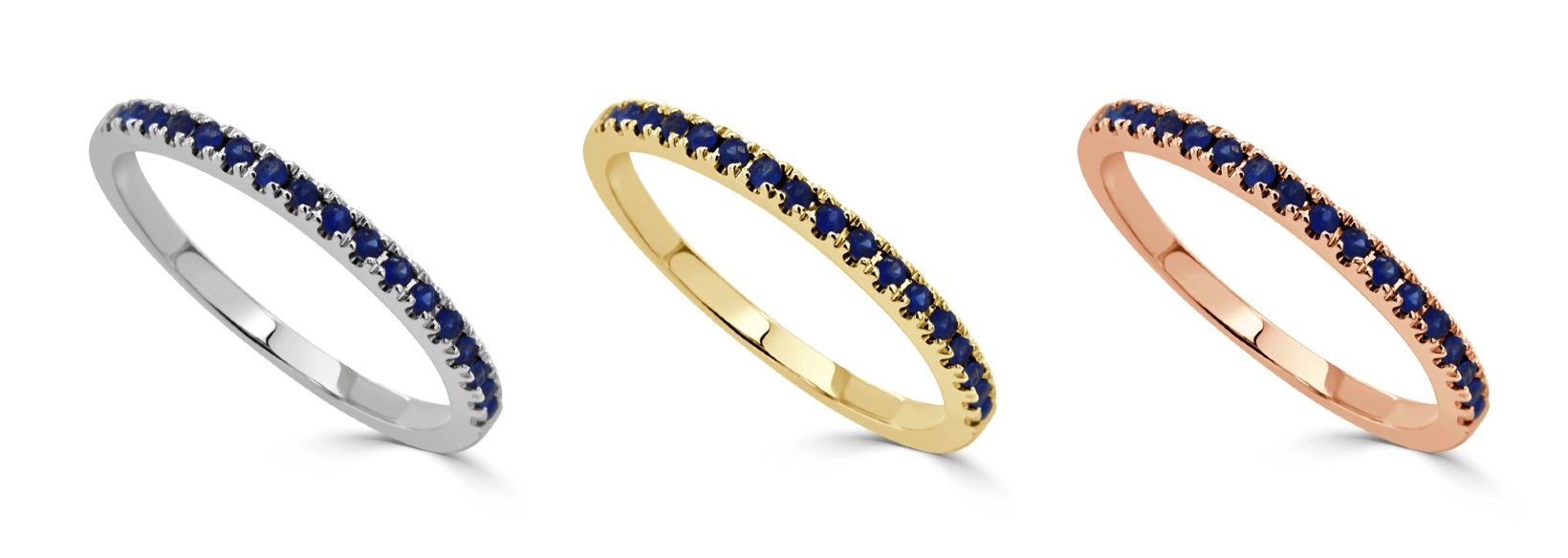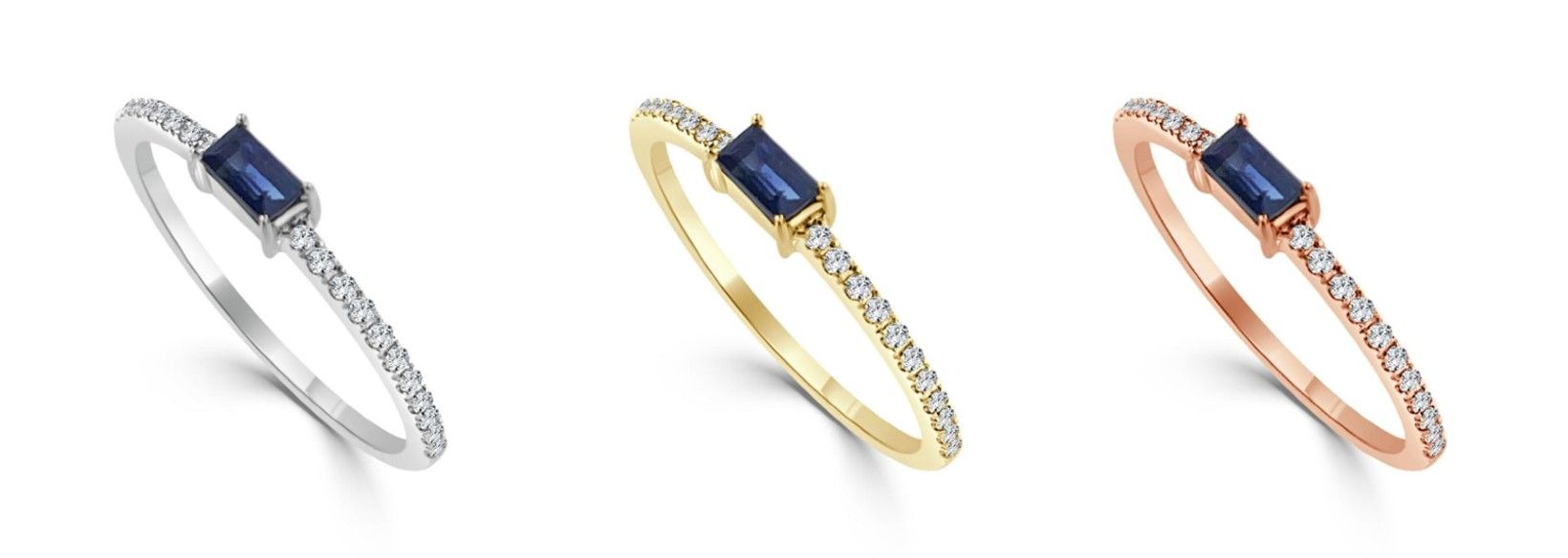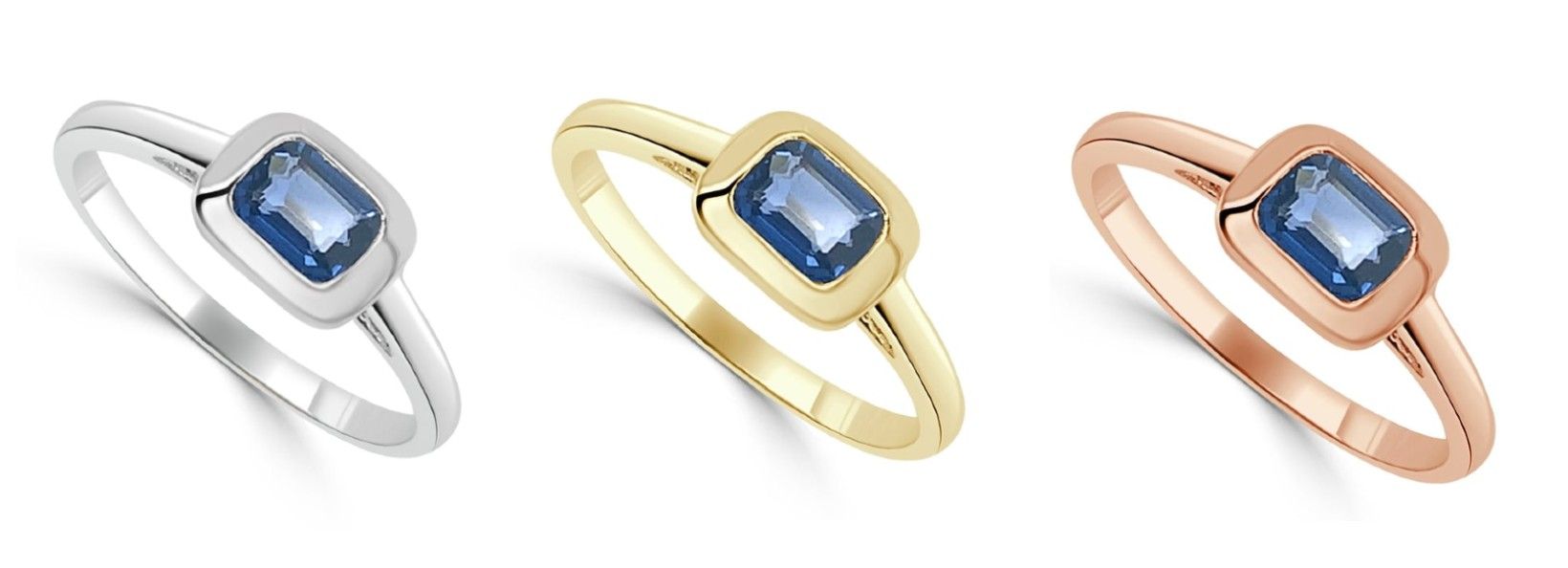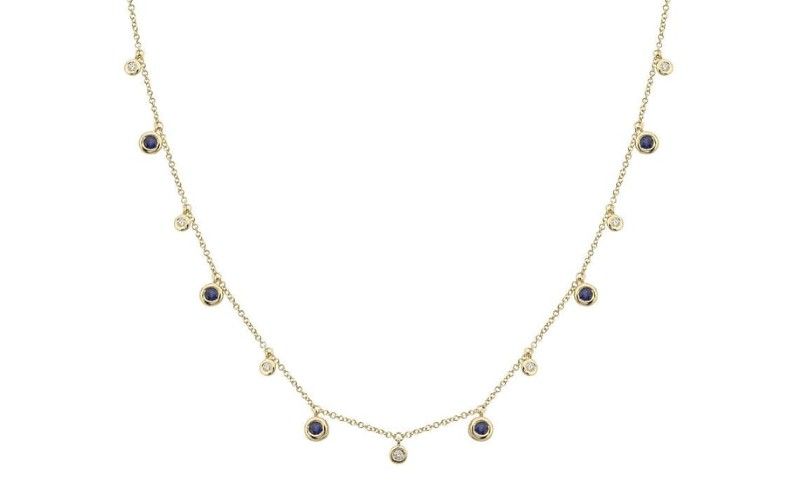September 8, 2023
September’s Captivating Blue Birthstone—Sapphires!

Celebrated as one of the 'big four' precious gemstones, September’s birthstone, the sapphire, has a long-standing association with royalty, bestowing the September birthstone with an undeniable air of nobility. A gem cherished for millennia, sapphires are typically thought of only as the gemstone’s prized blue variant; however, this birthstone forms in a whole spectrum of enchanting hues. With deep-rooted associations with royalty and romance, sapphires are often revered as symbols of loyalty, wisdom, love, and devotion. Considered one of the most beloved colored gemstones, the blue sapphire derives its name from the Greek word "sappheiros."
How are Sapphires Formed, and Where are They Found?
Sapphire, a crystalline variation of the mineral corundum, comes in a diverse range of colors, with the exception of red, classified as ruby. However, it is the majestic royal-blue sapphire that is predominantly associated with the month of September. Blue sapphires owe their breathtaking hue to a blend of iron and titanium elements, making them the most highly valued blue gemstones for their rich color saturation, brilliance, and durability. The finest blue sapphires are commonly found in regions like Kashmir, Myanmar (formerly known as Burma), and Sri Lanka, which have historically held significant importance as sources of the September birthstone. Additionally, substantial deposits of this birthstone have been discovered in various regions, including Australia, Thailand, Cambodia, Madagascar, the United States, specifically at Montana's Yogo Gulch, and other countries throughout Asia and Africa.
In addition to being a sapphire source, Thailand also serves as a major hub for cutting and treating these gemstones. In the rugged terrain of Chanthaburi Province, miners diligently search for sapphires amidst dense jungles and along dirt roads. Sapphires from Myanmar and Cambodia are frequently transported to Chanthaburi for cutting and treatment before they are brought to Bangkok, a pivotal center in the global gem trade.
The History of September’s Birthstone: When and Where Were Sapphires First Discovered?
This coveted gemstone was first discovered in the Kashmir region in 1881, when a landslide in the Himalayas revealed a vast cache of cornflower-blue-hued crystals. As these breathtaking sapphires began emerging further south, the Maharaja of Kashmir, with his army, took control of the newfound site. Between 1882 and 1887, thousands of large and exquisite crystals were unearthed, firmly establishing Kashmir sapphire's reputation as one of the most sought-after gemstones. While production has been sporadic since that era, occasional auctions still feature fine pieces of Kashmir sapphire jewelry.
Myanmar's Mogok area is renowned for its production of the September birthstone. This dramatic landscape is characterized by jungle-clad hills encircled by mountains. Sapphire deposits are typically found alongside those of rubies, albeit in smaller quantities compared to their red counterparts. The term "Burmese" sapphire is still commonly used to describe these gems, which often boast a rich, intense blue hue, making them highly prized. Myanmar is also celebrated as a prominent source of jadeite jade, spinel, zircon, amethyst, peridot, and various other exceptional gems.

The Symbolic Significance of Sapphires Through History
Throughout history, the September birthstone has symbolized sincerity, truth, faithfulness, and nobility. It has graced the regal attire of monarchs and the robes of the clergy for countless centuries. Ancient Greek and Roman elites believed that wearing blue sapphires shielded them from harm and envy, hence why sapphires often appear in evil eye jewelry. During the Middle Ages, clerics adorned themselves with sapphires, believing that the gems represented a connection to the heavenly realm. In ancient Persian folklore, it was believed that the world rested upon a colossal sapphire, casting its blue hue into the sky. Historically, the September birthstone has also earned a reputation for its alleged healing properties. Medieval Europeans believed that sapphires could cure plague boils and eye ailments and were even considered an antidote to poison.
Renowned Sapphire Jewelry
Among the famous sapphires is the Rockefeller Sapphire, a 62.02-carat rectangular step-cut gem discovered in Myanmar (formerly Burma). Purchased in 1934 by financier and philanthropist John D. Rockefeller, Jr., from an Indian maharaja, the gem underwent recutting and remounting over the years. Initially set as a brooch, it was later put into a ring embellished with two cut-cornered triangular diamond side stones.

In more recent times, the world has come to know the 12-carat blue sapphire encircled by a halo of diamonds in the iconic sapphire engagement ring first worn by Princess Diana and subsequently given by her son to his wife, Kate Middleton, who now holds the title of Duchess of Cambridge.

Browse Our Exciting Sapphire Jewelry Looks Below!
Earrings:
Rings:
Necklaces:
Bracelets:
